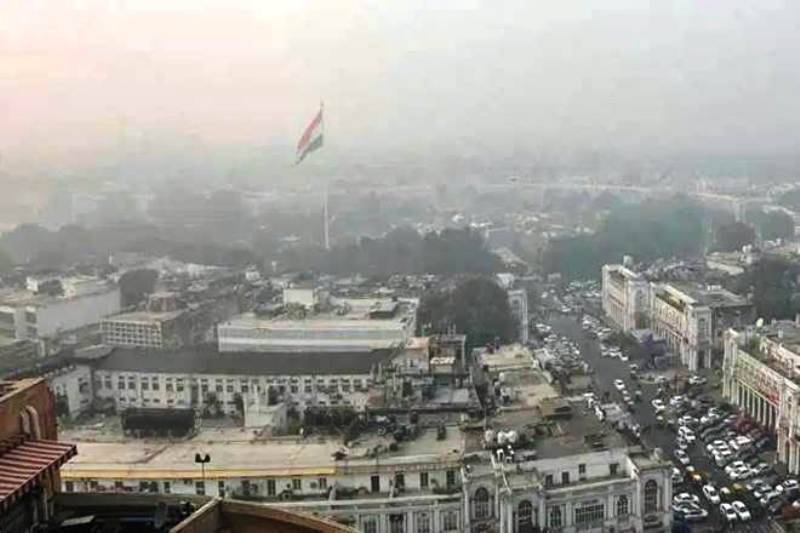
“The Western Disturbance as a cyclonic circulation over Afghanistan & neighborhood extending up to 9.6 km above mean sea level persists”, said the weather department in its morning bulletin. Moreover, the Meteorological Department of India has predicted scattered to fairly widespread rain/snow likely over the western Himalayan region from 14th-16th November while isolated heavy rain/snow and thunderstorm/hailstorm also likely over the western Himalayan region on 14th & 15th November.
On the other hand, the pollution levels in Delhi-NCR are expected to enter the 'severe plus' or 'emergency' category today, said SAFAR (System of Air Quality and Weather Forecasting And Research). It is reported that the noxious haze again returned to Delhi on Tuesday as raging stubble fires in neighboring states again occurred with a full swing, fall in the temperature and wind speed pushing the city's air quality to the "severe" zone.
However, the IMD reports recording the national capital’s minimum temperature on Tuesday morning as 11.7 degrees Celsius, the season's lowest till date.

Delhi's overall air quality index (AQI) recorded 425 at 4 pm and 437 at 9 pm on Tuesday, according to the Central Pollution Control Bureau (CPCB).
The induced cyclonic circulation over southwest Rajasthan & neighborhood extending up to 1.5 km above mean sea level also persists. No significant change in minimum temperatures very likely over northwest India during the next 24 hours and rise by 2-3°C during the subsequent 2-3 days. As per reports, minimum temperatures are very likely to fall over east & adjoining central India by 2-3°C during the next 3 days.
As per yesterday’s report, maximum temperatures were recorded above normal (1.6°C to 3.0°C) at many places over Tamil Nadu, Puducherry & Karaikal, and Andaman while minimum temperatures were markedly above normal (5.1°C or more) at a few places over West Madhya Pradesh; at isolated places over Rajasthan.








